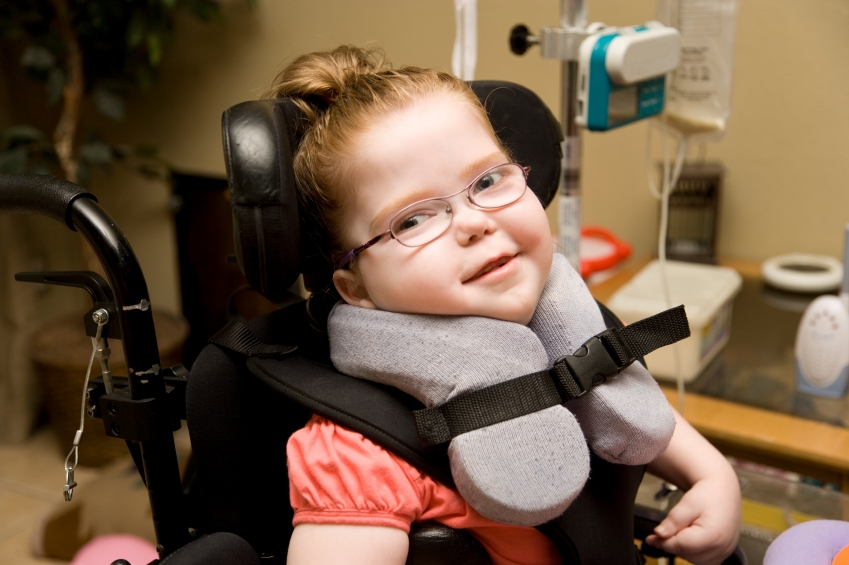
Have queries?for Appointment: +91 9051148463 / 7439437809
drsoumyapaik@gmail.com / kidorthoclinic@gmail.com
Have queries?
+91 9051148463
7439437809
drsoumyapaik@gmail.com
kidorthoclinic@gmail.com
Cerebral Palsy
Kids Orthopedic
- About Cerebral Palsy
- Causes
- Symptoms
- Diagnosis
- Treatment
- Recovery
- My Special Cases
About Cerebral Palsy
Cerebral palsy is a neurological disorder caused due to brain injury. The brain damage can occur either due to brain injury or abnormal development of brain. Also, the brain of a child may not develop properly before birth, at the time of birth, or immediately after the birth. Cerebral Palsy affects the normal movement of various body parts of a child. Also, the symptoms and severity of thee neurological disorder varies from one child to another. Cerebral Palsy can be any of the four different types – spastic, ataxic, athetoid/dyskinetic, and mixed. About 70% of children suffer with spastic cerebral palsy which is caused due to damage caused to brain’s motor corex.
Causes
Cerebral Palsy is caused due to brain injury as well as abnormal development of brain. The brain of a child may not develop properly before or during birth. Likewise, the brains of certain children do not develop properly within five years after birth. Despite being a non-progressive neurological disorder, Cerebral Palsy affects a child’s motor function and muscle movement. Often orthopaedic find it difficult to identify the exact cause of Cerebral Palsy. But they diagnose the neurological disorder based on common causes like bacterial infection, bleeding in the brain, head injury, or lack of oxygen to brain.
Symptoms
The symptoms of Cerebral Palsy differ from one child based on severity of the brain damage. The symptoms of the neurological disorder are either intense or hardly noticeable. However, the common symptoms of Cerebral Palsy are still muscles, difficulty in moving one side of the body, lack of muscle balance and coordination, problem in sucking/swallowing, difficulty with speech, delay in motor development, and gastrointestinal problems.
Diagnosis
Often the parents or caregivers notice the symptoms of Cerebral Palsy. But the symptoms of the neurological disorder differ from one child to another. The skilled orthopaedic always diagnose Cerebral Palsy by observing the child consistently over a period of time. They further diagnose the neurological disorder through a number of imaging tests – Magnetic resonance imaging (MRI), computed tomography scan (CT), Electroencephalogram (EEG), and cranial ultrasound. Hence, the parents must avail the assistance of a Cerebral Palsy specialist to diagnose the neurological disorder precisely and identify its exact cause.
Treatment
As Cerebral Palsy is caused due to brain damage or injury, the child must be treated without any delay. But the treatment of Cerebral Palsy primarily focuses on making the child self-sufficient and helping him to live independently. The seasoned orthopaedic always combine traditional therapy, medication, and surgery to improve the child’s motor functionalities. Many orthopaedic even help parents to avail the assistance of a multidisciplinary team consisting surgeons, therapists, nutritionists, and psychologists.
Recovery
The recovery period of Cerebral Palsy differs according to severity of symptoms and treatment. But there is no cure for the neurological disorder at present. But the therapists help the child to live independently and improve his quality of life. The combination of medication, surgery and braces further improves the child’s motor functions. However, the parents must get the child treated by a skilled Cerebral Palsy specialist to treat his medical conditions timely and make him live independently.
My Special Cases
Some realistic outcome of Cerebral Palsy patients after orthopaedic surgery:
1. 5yr/male with Diplegic Cerebral Palsy presented with Bilateral Tiptoe Gait….Bilateral Gastroc Strayer done.
Pre-Op Video:
Post-Op Video:
2. 7yr/male with right Hemiplegic Cerebral Palsy Treated with right Gastroc Strayer Release.
Pre-Op Video:
Post-Op Video:
3. 10yr/female with Cerebral Palsy patient Crouch Gait – Bilateral Medial Hamstring fractional lengthening done.
Pre-Op Video:
Post-Op Video:
4. 12yr/male Diplegic Cerebral Palsy patient with walking difficulty with patella alta. Treated with right patellar tendon advancement and other soft tissue surgery. Post operation, patella is reduced and good knee extension is noticed.
Pre-Op Video:
Post-Op Video:
5. Botox injection can change gait in selected cerebral palsy patients in just 2 weeks.
Pre-Op Video:
Post-Op Video:
